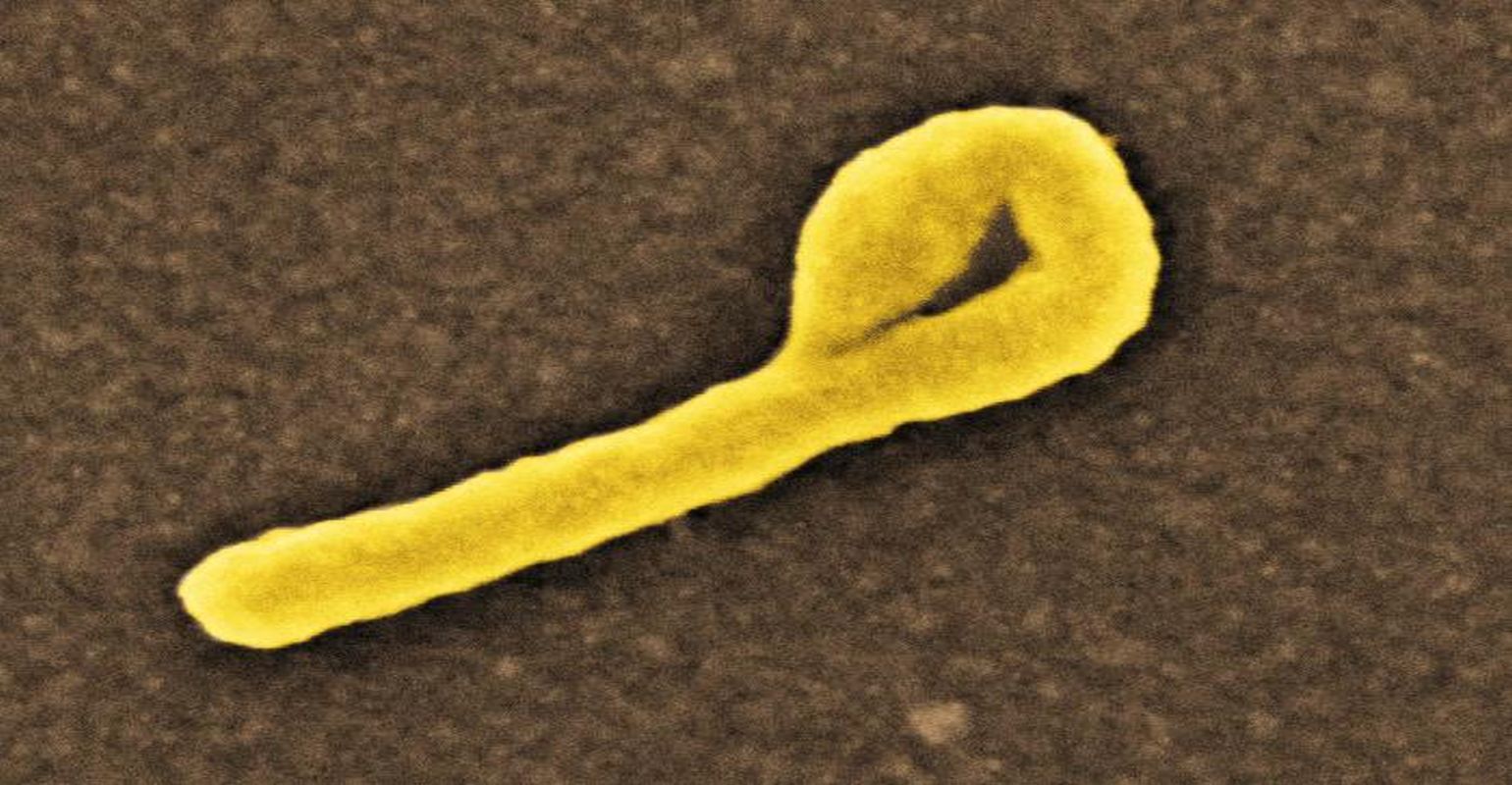CDC Lab Research Shows Two Treatments Effective Against DRC Ebola Strain

New research by the Centers for Disease Control and Prevention (CDC) shows two investigational Ebola treatments being used in the ongoing outbreak in eastern Democratic Republic of the Congo (DRC) are effective in laboratory studies.
The treatments -â the antiviral remdesivir and antibodies in the ZMapp treatment â- blocked growth of the virus strain causing the outbreak in human cells in the laboratory. The research suggests these treatments hold promise for allowing patients to recover from the deadly illness. The research will be published Tuesday, July 9, in Lancet Infectious Diseases.
Importantly, the study also shows that the lab test most often used in DRC and neighboring countries to diagnose Ebola â which was developed during the 2014-2016 West Africa outbreak for use against a different strain of Ebola virus â appears to be accurate for the outbreak strain now circulating in DRC, which researchers are calling the Ituri strain. The Ituri strain and the strain that caused the West Africa outbreak are both strains of Ebola virus (formerly called Ebola Zaire).
“All of the treatments being tested in the current DRC outbreak were developed to fight Ebola viruses from previous outbreaks,” said Laura McMullan, PhD, a CDC microbiologist and the paper’s lead author. “RNA viruses are always mutating â and because Ebola is an RNA virus it’s vitally important to make sure existing treatments work against the virus that’s making people sick now.”
Lacking samples from patients infected with the Ebola virus strain causing the current outbreak, CDC laboratory scientists reconstructed the Ituri strain of Ebola virus using reverse genetics in the CDC Biosafety Level 4 laboratory, under the highest level of biosecurity and safety. They based this work on virus sequence data generated from recent patient samples by the DRC National Institute of Biomedical Research (INRB) and the U.S. Army Medical Research Institute of Infectious Diseases (USAMRIID) and published in GenBank, an open-access database for pathogen sequences.
By having access to the virus strain, CDC laboratory experts can learn more about the Ituri strain and how it fits into the Ebola virus family tree, which may provide clues to finding additional promising treatments. The scientists will also be able to test new therapies as they are developed to see if they can effectively fight against the actual virus making people sick. They will also be able to compare it to future Ebola strains to explore how the virus changes over time.
“This work has benefits beyond the current study. Having access to this virus will allow us to explore whether other compounds or potential therapies affect the virus in the lab,” said Inger Damon, MD, PhD, chief strategy officer for the CDC’s 2018 Ebola response and director of CDC’s Division of High-Consequence Pathogens and Pathology. “We hope the knowledge gained from this work can be translated into safe and effective therapies to help cure Ebola patients.”
Laboratory experts within CDC’s Viral Special Pathogens Branch have been testing compounds and antivirals since 2007 to look for potential treatments for viral hemorrhagic fevers â some of the world’s deadliest diseases, including Ebola and Marburg. In addition to assessing the effectiveness of remdesivir and the antibodies in the ZMapp cocktail against the Ituri strain, CDC researchers also encourage the future testing of the investigational vaccine being used in DRC and of other investigational therapies â such as mAb114 and Regeneron’s REGN-3EB against the current Ebola Ituri virus.
The current DRC outbreak is the second-largest ever recorded and DRC’s 10th Ebola outbreak since 1976. To date, more than 2,400 people have become infected and more than 1,600 have died. Uganda also has reported three travel-associated deaths tied to a DRC Ebola patient. Armed conflicts and public mistrust in the area have complicated public health response efforts. Despite efforts from the DRC Ministry of Health and international health partners, including CDC, the current outbreak has continued for 10 months.
Source: CDC